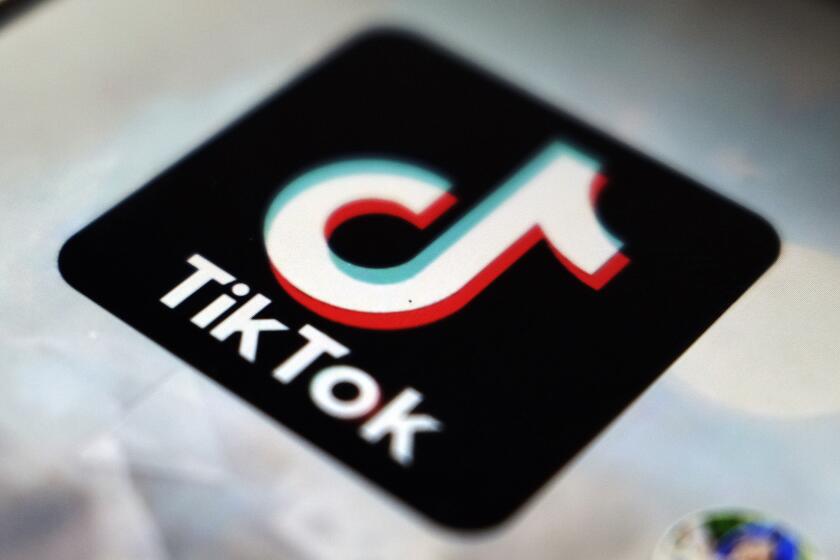O.C. Eateries Fear Cuts in Business Lunch Deductions
- Share via
COSTA MESA — Expense-account lunches are back on the chopping block in Washington, and the outlook at Orange County restaurants is predictably bleak.
Local restaurateurs fear a noticeable falloff if Congress approves a budget package that would make make business meals only 50% tax-deductible, instead of the current 80% level in effect since 1987.
The added expense “very definitely” will affect higher-end restaurants, said Orange County restaurateur Larry Cano, whose Cano’s on West Coast Highway in Newport Beach caters largely to the business crowd.
Sales fell at higher-end restaurants in 1987, the last time Congress tinkered with business meals, owners say. But Cano said Southern California’s boom-time economy softened the economic blow: “Then, it wasn’t a big deal. But now, every dollar counts. And it’s no secret, especially here in Newport Beach.”
Despite intense lobbying in Washington, the restaurant industry has apparently failed to keep the 80% deduction for business meals. The final tax bill isn’t yet complete, but “all the indicators say it’s going down to 50%,” said Wendy Webster, a Washington-based spokeswoman for the National Restaurant Assn.
Restaurant owners blame congressional misconceptions for the decision to limit business-meal deductions further. Restaurateurs also predict that the lost tax break for business diners will reduce sales tax revenue for cash-strapped municipalities.
Congress has “this idea that the three-martini lunch still exists, that people are spending a ton of money and writing it off,” said Jim Walker, owner of Pasta Mesa restaurant in Costa Mesa. “That’s just not the case. People going out to lunch today have really tight budgets. Their companies have already made cutbacks.
Dump the limited deduction on an “economically depressed area,” Walker said, and fewer business people will go out to eat. That means less local tax revenue--and more restaurant workers out on the street.
Not surprisingly, the restaurant association paints a gloomy picture if the meals deduction falls to 50%. The association has predicted that, statewide, restaurant sales would tumble by $517.5 million annually, prompting the loss of 22,711 jobs. Nationwide, restaurant sales would fall by an estimated $3.8 billion annually, the association said, leading to the elimination of 165,000 jobs.
Despite the restaurant industry’s pessimism, business diners seem to be taking the proposal in stride.
Between bites of Fettuccine Santa Fe during lunch Wednesday, Mark Welker and Dale W. Herring shrugged when told that federal lawmakers will probably slap further restrictions on business meal and entertainment deductions.
“We saw the trend (start) several years ago when the personal-interest expense deduction was cut back and finally eliminated,” said Herring, a Bank of Newport executive who had invited Welker to a business lunch Wednesday at Pasta Mesa. “We’re now used to seeing (deductions) cut back and then eliminated.”
The business meals and entertainment-tax changes are included in the hotly debated tax plan now moving through Congress. Earlier this week, restaurant owners successfully lobbied Congress for a federal tax reduction on Social Security taxes paid on waiters’ tips. But restaurant lobbyists view the 50% deduction as all but inevitable.
Restaurant sales declined noticeably in 1987 when lawmakers responded to public concern over “three-martini lunches” by trimming the 100% deductible on business meals to 80%, restaurant operators say. The effect was greatest at expensive restaurants, said Mike Casey, chief financial officer of Restaurant Enterprises Group, the Irvine-based owner of the El Torito, Coco’s and Carrows chains.
Don Dahl, an Irvine-based tax partner with Arthur Andersen & Co., said that the 1987 change “had a big psychological impact on business. . . . I don’t know, though, if the psychological impact is going to be as great this time.”
If the three-martini lunch ever did exist, it’s far less common today, according to the restaurant association. Business-meal deductions are increasingly common at smaller businesses: People with incomes of $35,000 or less purchase about 40% of business meals reported, with the average check about $10 a person.
Most business people will scramble to find ways to keep their business dining in the budget, observers say.
Welker, a self-employed Newport Beach businessman, quipped that he’d simply “eat twice as much to get the same amount of deduction. . . . Seriously, I’ll just have to look for other ways to cut costs. . . . You can’t change the way you do business.”
Necessary business meals--where networking and sales calls occur--won’t stop, for they have proved to be cost-effective, said Pat Szekel, an Orange-based accountant whose practice deals mainly with businesses. “If you’re an outside salesman, this will hurt. But for most people in business, meals are a small percentage of expenses.”
Deals will still get done in restaurants “because it’s more cost-effective than other choices,” Casey said. “Yes, we’re going to be hurt, but money will still be spent in restaurants.”
That doesn’t mean restaurant owners have to like it, Walker said: “This industry is getting hit from all sides right now, with taxes, minimum wage and smoking. But the average restaurant in California makes less than a 4% profit. So there’s not a lot of room for extra costs.”
More to Read
Inside the business of entertainment
The Wide Shot brings you news, analysis and insights on everything from streaming wars to production — and what it all means for the future.
You may occasionally receive promotional content from the Los Angeles Times.










